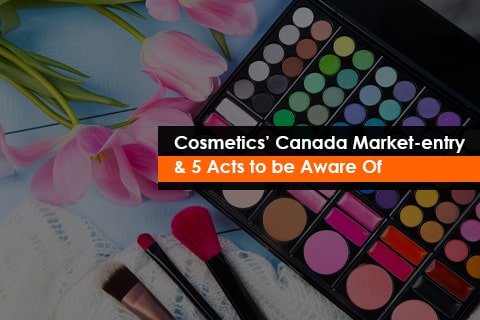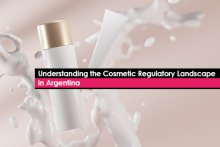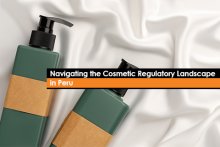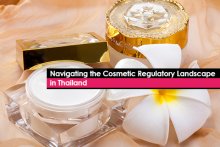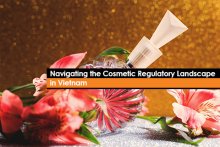To place a cosmetic product successfully in a market, manufacturers are required to decode and comply with the cosmetic regulations of the target country. While some countries follow the global cosmetic regulations, others have their own set of regulations established to monitor the products.
In Canada, Health Canada is the responsible authority for monitoring the production of cosmetic product. To ensure that the products distributed in the country are safe for use, manufacturers must follow the regulations and Acts, which are not limited to:
1. Food and Drugs Act (R.S.C., 1985, c. F-27)
The Food and Drugs Act defines comprehensive regulations for a cosmetic product in Canada. The Act establishes guidelines for the labeling, packaging, manufacturing, sales, and safety of cosmetic products distributed in Canada. Any product failing to meet the standards of the Food and Drugs Act will be prohibited from being sold in Canada.
The cosmetic regulations, under the Food and Drugs act, provide a detailed description of the requirements of a safe and effective cosmetic product.
2. Cosmetic Notification Form (CNF)
As per the Food and Drugs Act of Canada, any cosmetic product distributed in Canada must be notified to the Health Canada by submitting a Cosmetic Notification Form within 10 days of its launch. The regulation is applicable for both new products as well as existing products with modifications in formulation, product name, address or contact information etc. Filing only a CNF does not prove the safety and efficacy of any product; it must also comply with the other regulations of the Food and Drugs Act.
3. Consumer Packaging and Labeling Act
This Act defines how a cosmetic product must be labeled and packed under the cosmetic regulations in order to be successfully placed in the Canadian cosmetics market. The label of a cosmetic product must clearly list out all the ingredients used in the manufacturing of the product, along with the additional categories of compound ingredients, if required. The label must also list all the warnings and precautions that may cause harm to the consumers.
In case the ingredients used in the product are not listed as per the terms of International Nomenclature of Cosmetic Ingredients (INCI), they must be mentioned in both English as well as French, according to the Canadian Law.
4. New Substance Notification (NSN)
The chemical substance list of Canada consist of two parts: Domestic Substance List (DSL) and Non-Domestic Substance List (NDSL), both of which combined records almost 81,000 substances.
Any new substance used in the manufacturing of a cosmetic product, which is not listed under the DSL, must be registered as a New Substance on the NSN. Click here to find out, if a substance is required to be registered with NSN or not.
5. Cosmetic Ingredient Hotlist
Cosmetic Ingredient Hotlist, or Hotlist, is a list of ingredients as well as related compound ingredients that are prohibited to be used in any cosmetic product in Canada. It also contains a list of restricted ingredients and warnings related to them. They must be mentioned on the label, in case if they are used in the manufacturing. If an ingredient is not listed in the hotlist, its safety and efficacy will be determined only after an assessment.
Cosmetic regulations across the countries are complex, as each region has specific set of rules and regulations that must be followed for successful market-entry. To streamline and to make sure smooth market entry, be informed to be compliant all across. Stay up-to-date. Stay informed.

